
Are you tired of feeling weighed down by your possessions? Do you dream of living in a clutter-free, minimalist home, but don't know where to start? If so, you're not alone. Minimalism has been gaining popularity in recent years as more and more people seek to simplify their lives and create a more peaceful, organised home.
So, what is minimalism, exactly? At its core, minimalism is a lifestyle that prioritises simplicity, clarity, and intentionality. It's about living with less, so you can focus on what truly matters in life. For some people, this might mean downsizing their homes, getting rid of excess possessions, and embracing a more streamlined way of living. For others, it might mean simply being more intentional about the things they bring into their lives and the way they organise their space.
It might be challenging to organise your home when you're a minimalist, no matter where you are on the spectrum. You want to design a room that is both aesthetically beautiful and functional, but you don't want to overstuff it. We'll go over some pointers for organizing your minimalist home, room by room, in this blog post. We've got you covered whether you're just beginning your minimalist adventure or you're searching for some new suggestions to organise your home. So let's get going!
Assessing Your Possessions

An important first step in organizing your minimalist house is inventorying your stuff. This is so that you can prioritize what's important to you and let go of the rest, which is the core principle of minimalism. As you assess your assets, consider the following advice:
Take inventory: Make a list of all of your possessions to start off taking stock. Having a firm understanding of what you own and what you don't need will help you in this process. Start with one room at a time, making sure to list every piece of furniture—no matter how small—in the process.
Consider the value: Ask yourself whether each item brings value to your life. Does it serve a purpose, or does it bring you joy? If it doesn't add value to your life, it might be time to let it go.
One in, one out: When you do bring new items into your home, consider implementing a one in, one out policy. This means that for every new item you bring in, you get rid of an old one. This will help you maintain a clutter-free home in the long run.
Be honest with yourself: Letting go of possessions can be difficult, especially if you've attached sentimental value to them. However, it's important to be honest with yourself about whether you truly need or love each item. Remember, letting go of something doesn't mean you're letting go of the memories associated with it.
Creating a System

Once you've assessed your possessions and decided what to keep, it's time to create a system for organizing your minimalist home. Here are some tips to help you get started:
Find a home for everything: Everything in your home should have a designated place where it "lives." This will make it easier to maintain an organised space in the long run. Consider investing in some storage solutions such as baskets, shelves, or cabinets to help you keep things in their proper place.
Group similar items together: When organizing your possessions, group similar items together. For example, keep all your kitchen utensils in one drawer, or all your books on one bookshelf. This will make it easier to find what you need when you need it.
Keep surfaces clear: Minimalist homes tend to have clean, clutter-free surfaces. Make it a habit to clear off surfaces such as countertops, tables, and desks on a regular basis. This will help your home feel more spacious and less overwhelming.
Create a routine: To maintain an organised space, it's important to create a routine for tidying up. This might mean spending a few minutes each day putting things back in their proper place, or setting aside time each week for a more thorough clean. Find a routine that works for you and stick to it.
Room by Room
Now that you've assessed your possessions and created a system for organizing your home, it's time to put it into action, room by room. Here are some tips for organizing your minimalist home, one room at a time:
Living Room: The living room is often the heart of the home, and it's important to keep it clutter-free and functional. Consider investing in multi-functional furniture such as a coffee table with built-in storage or a sofa bed. Use baskets or storage ottomans to keep items such as blankets and magazines neatly tucked away.
Bedroom: The bedroom should be a peaceful, restful space, so it's important to keep it clutter-free. Consider keeping only the essentials such as clothing, bedding, and personal items in the bedroom. Use under-bed storage or a dresser to keep your clothing organised.
Kitchen:It's crucial to maintain organization in the kitchen, which may easily become cluttered with appliances and cooking gear. To keep everything in its place, use shelf organisers and drawer dividers. Think about retaining only the kitchenware and appliances you use frequently and selling or giving the rest.
Bathroom:Because bathrooms are frequently small spaces, it's crucial to make them functional and orderly. To keep toiletries and personal stuff organised, use drawer organisers and baskets. Think about storing the remainder of your belongings elsewhere in the house and keeping only the necessities in the bathroom.
Maintaining Your Minimalist Home
Once you've organised your minimalist home, it's important to maintain it so that it stays clutter-free and functional. Here are some tips for maintaining your minimalist home:
Regularly reassess your possessions: It's important to periodically reassess your possessions to ensure that you're still using and enjoying them. Set aside time every few months to go through your belongings and donate or sell anything that no longer serves a purpose in your life.
Practice daily tidying: Make it a habit to tidy up on a daily basis. Spend a few minutes each day putting things back in their designated place. This will help prevent clutter from accumulating and keep your home feeling organised.
Resist the urge to impulse buy: When you're a minimalist, it's important to be mindful of what you bring into your home. Before making a purchase, consider whether or not the item is something that you truly need or will bring value to your life. Don't buy things just because they're on sale or because they're trendy.
Use what you have: When you're a minimalist, it's important to make the most of what you already have. Use up the items in your pantry before buying more food. Wear the clothing in your closet before buying new clothes. This will not only help you save money, but it will also prevent clutter from accumulating.
In conclusion, organising your home when you're a minimalist is all about being intentional with your possessions and creating a space that brings value to your life. By assessing your possessions, creating a system, organising room by room, and maintaining your minimalist home, you can create a space that is clutter-free, functional, and peaceful.
Remember, minimalism isn't about depriving yourself of the things you love. It's about surrounding yourself with only the things that bring value to your life and letting go of the rest. Whether you're just starting out on your minimalist journey or you're a seasoned pro, there's always room for improvement and growth.
So, take the time to assess your possessions, create a system that works for you, and maintain your minimalist home. Your life will be simpler, more peaceful, and more intentional as a result. Thank you for reading and happy organising!


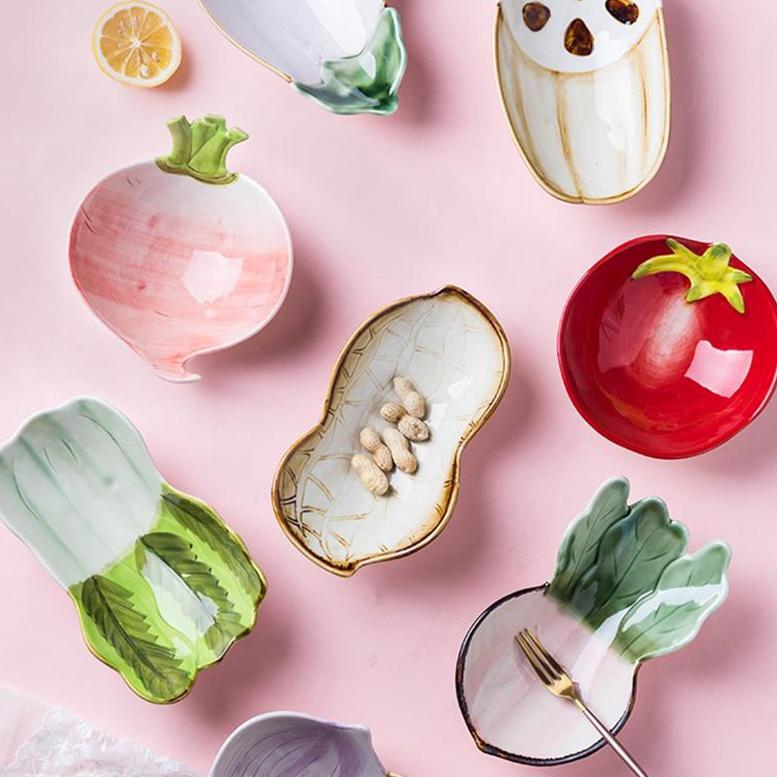

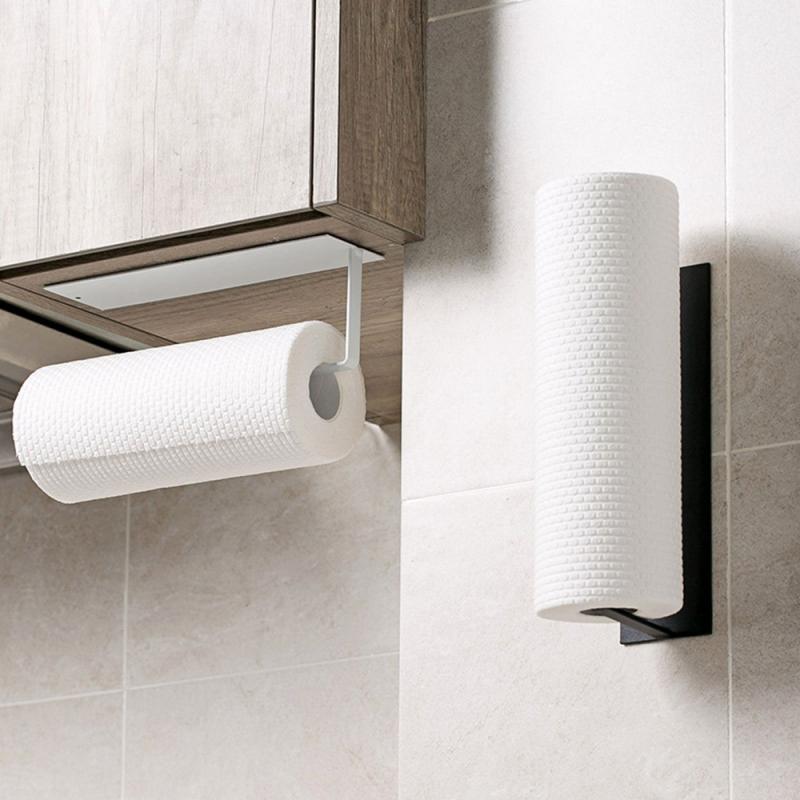
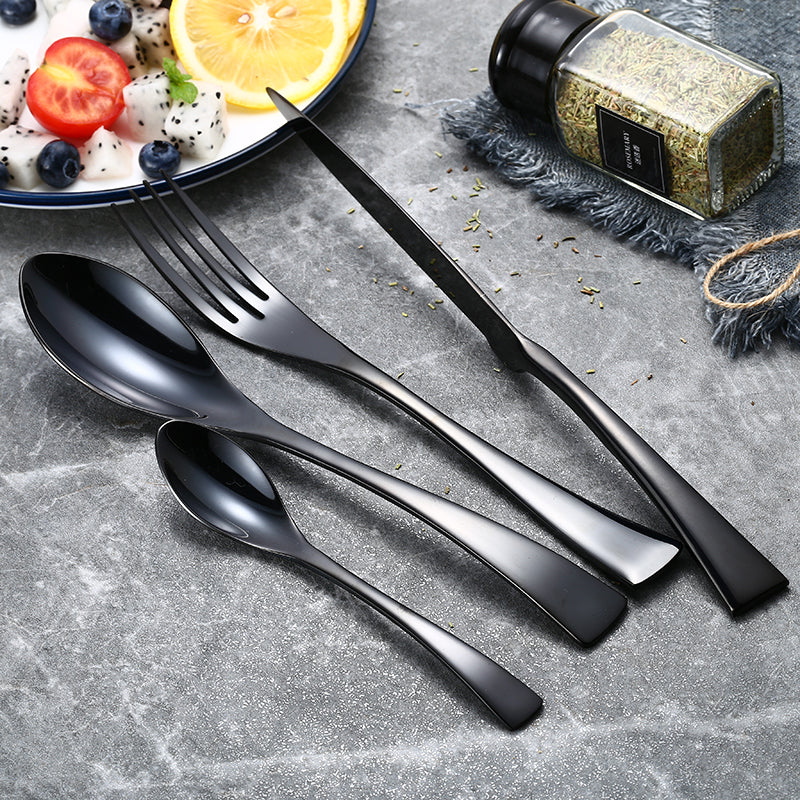
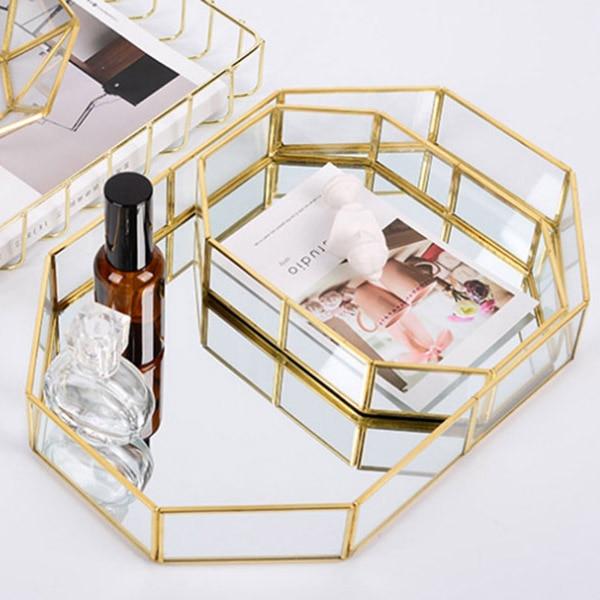
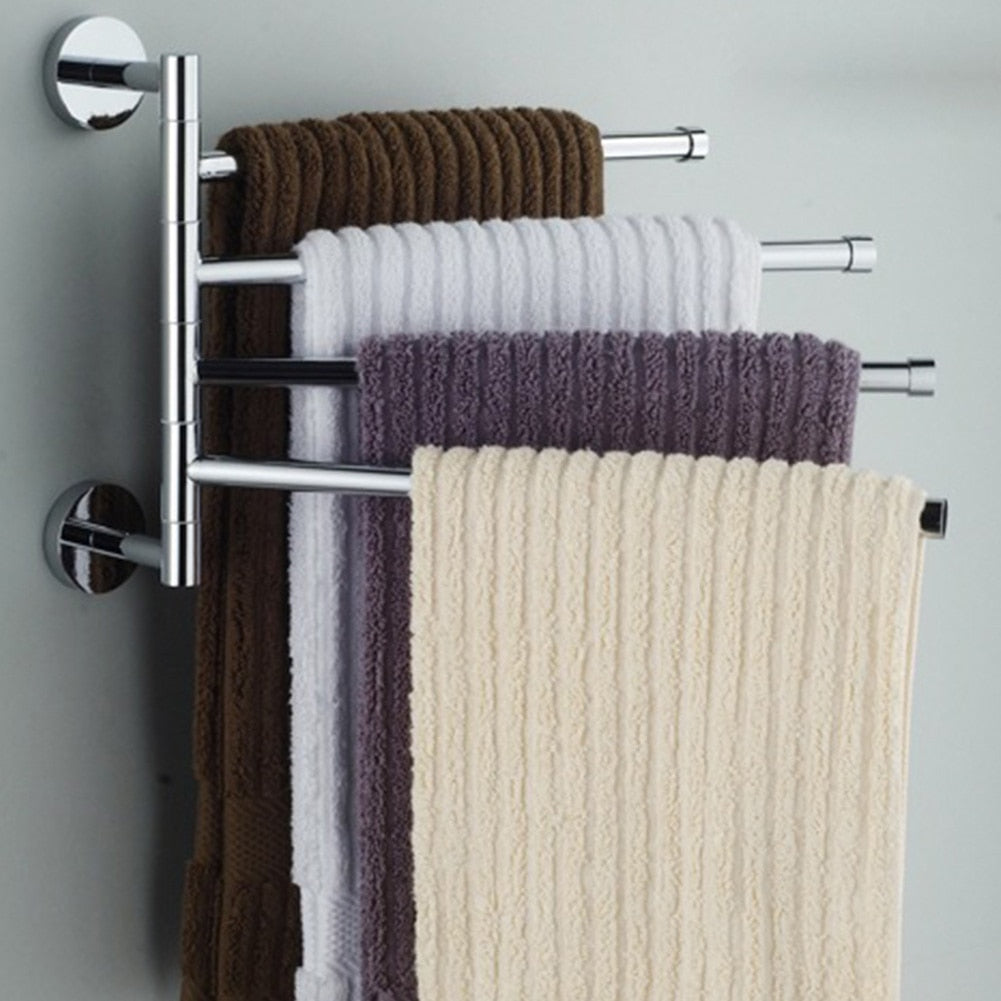
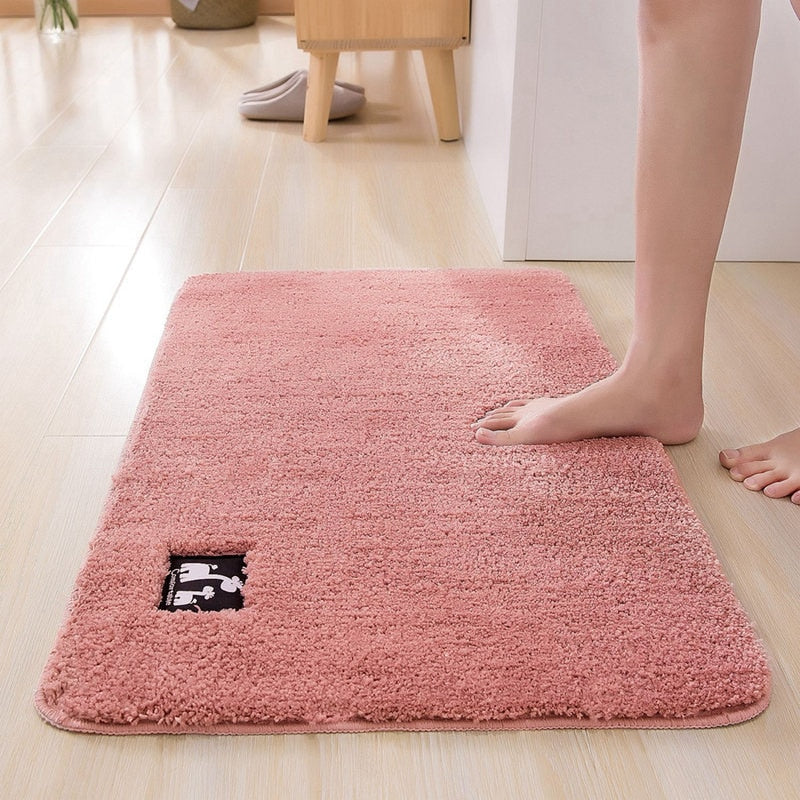
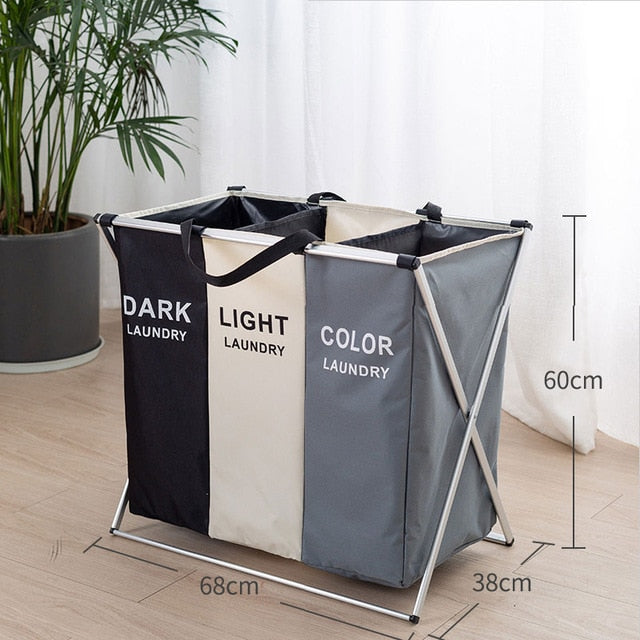
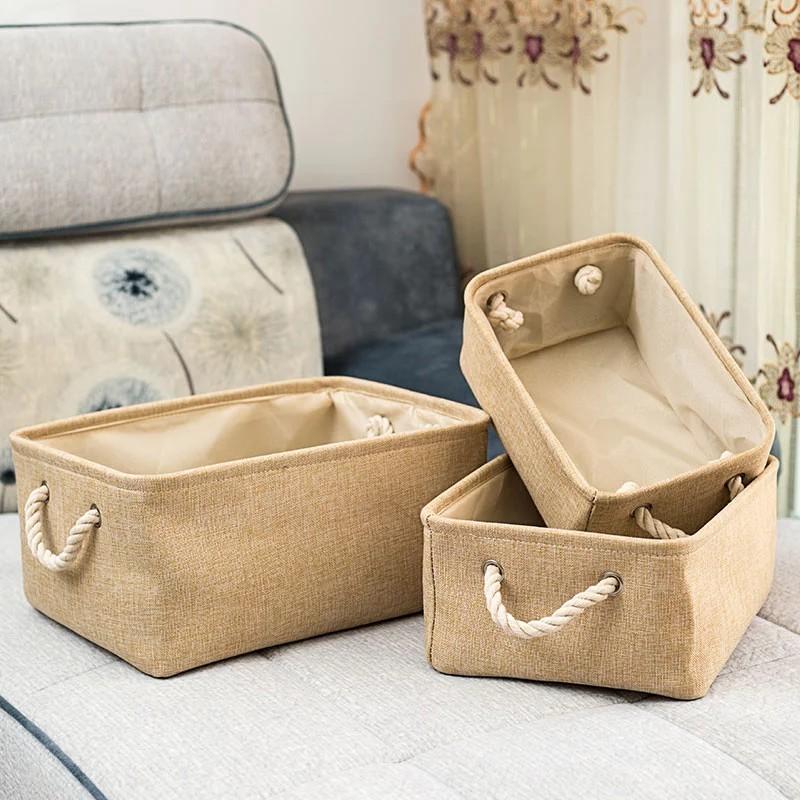
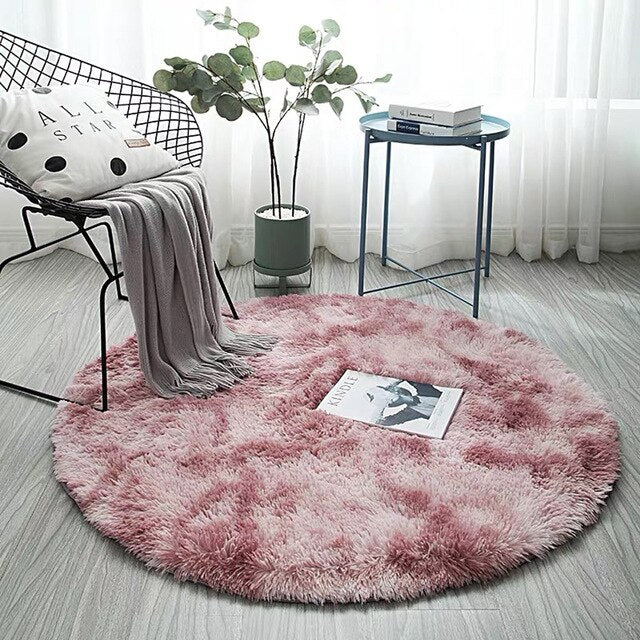
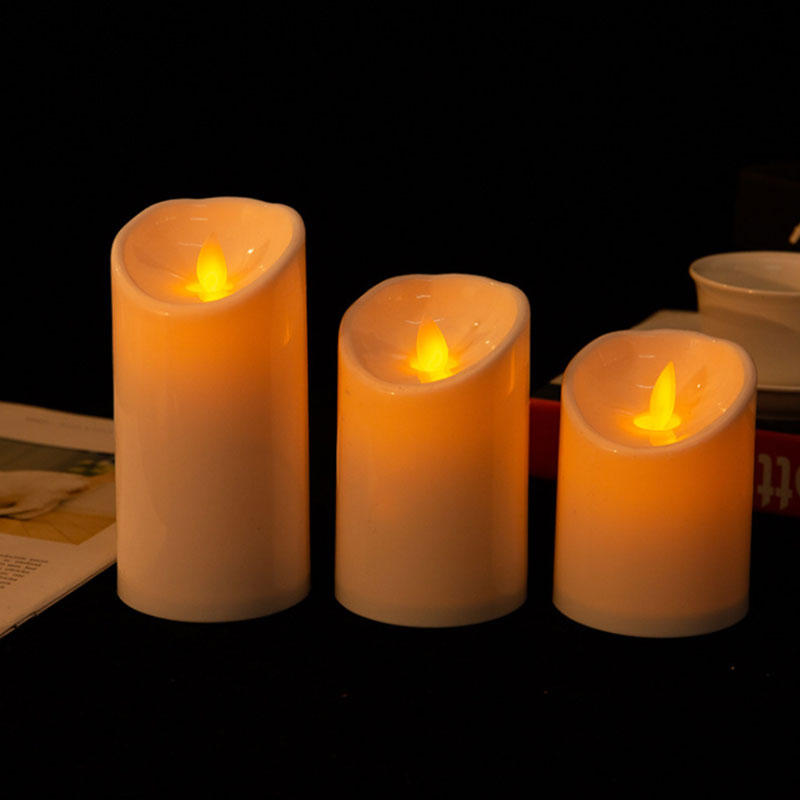
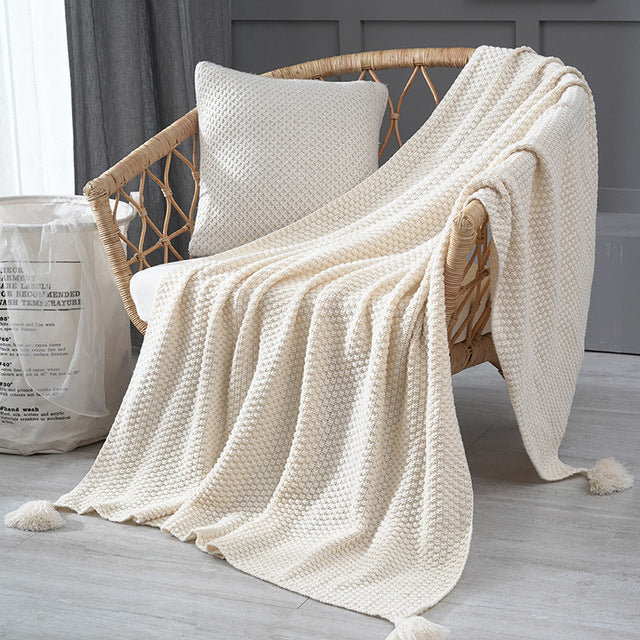
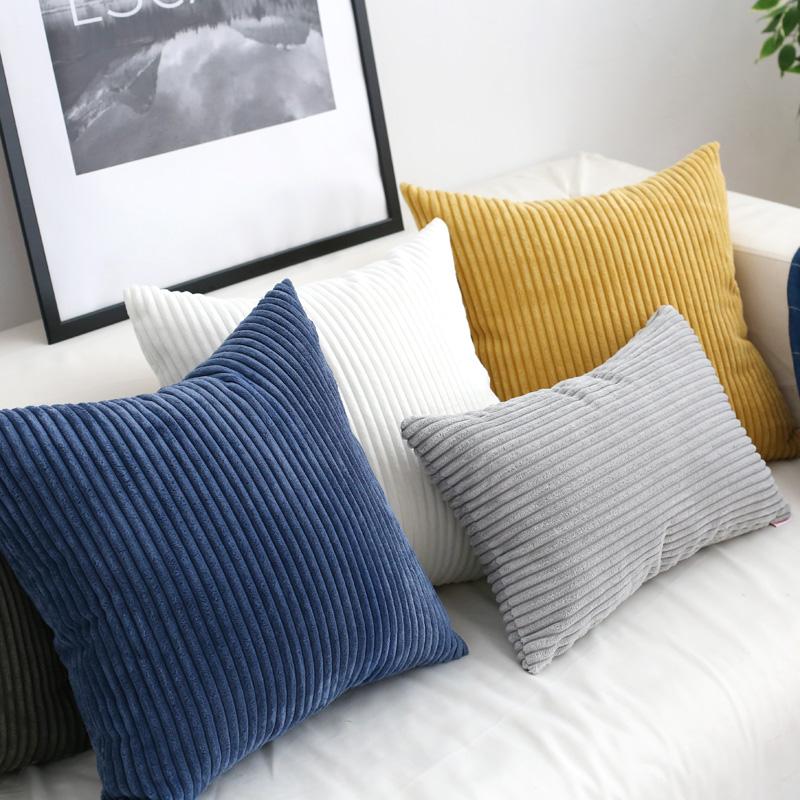
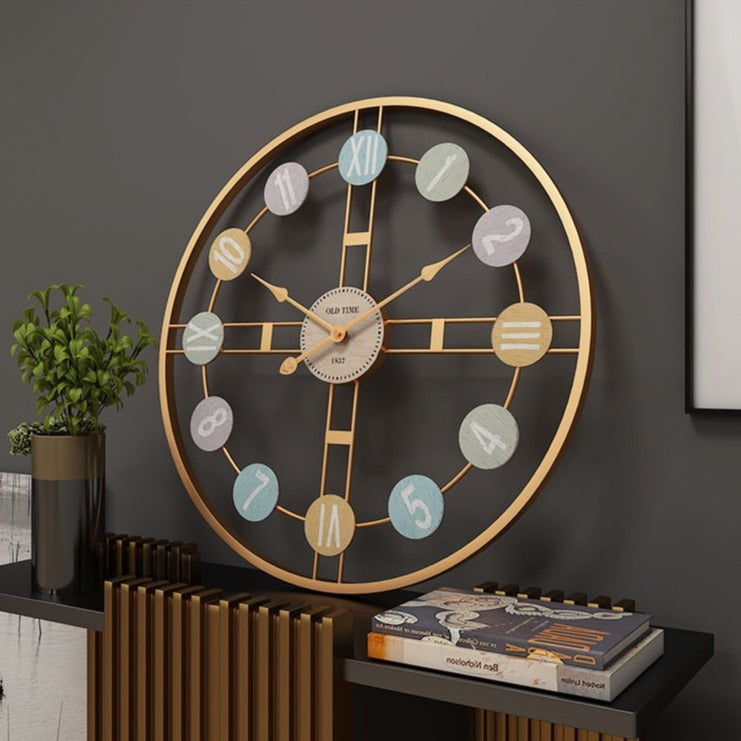
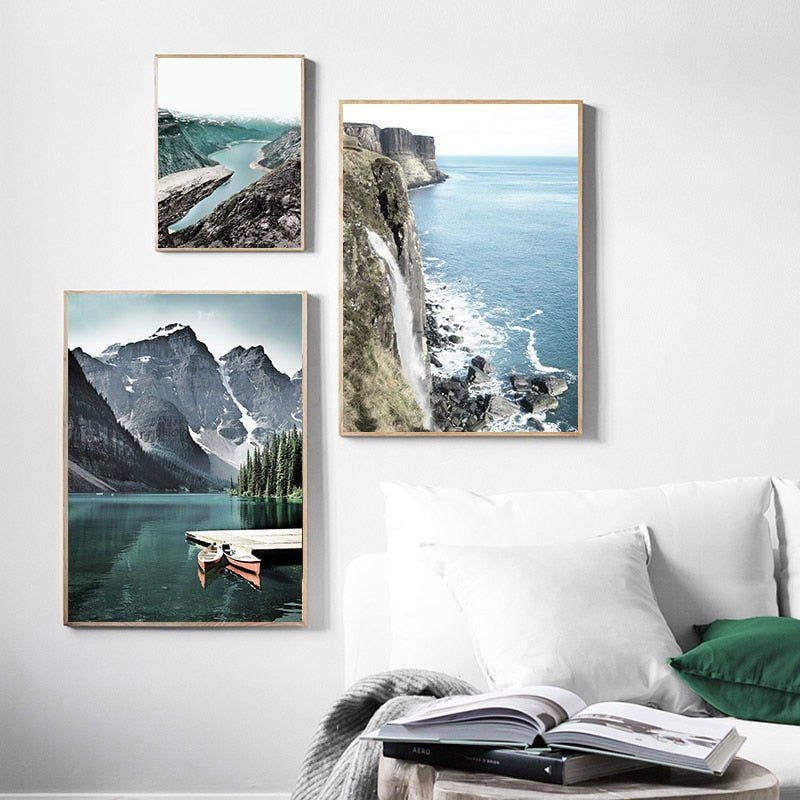
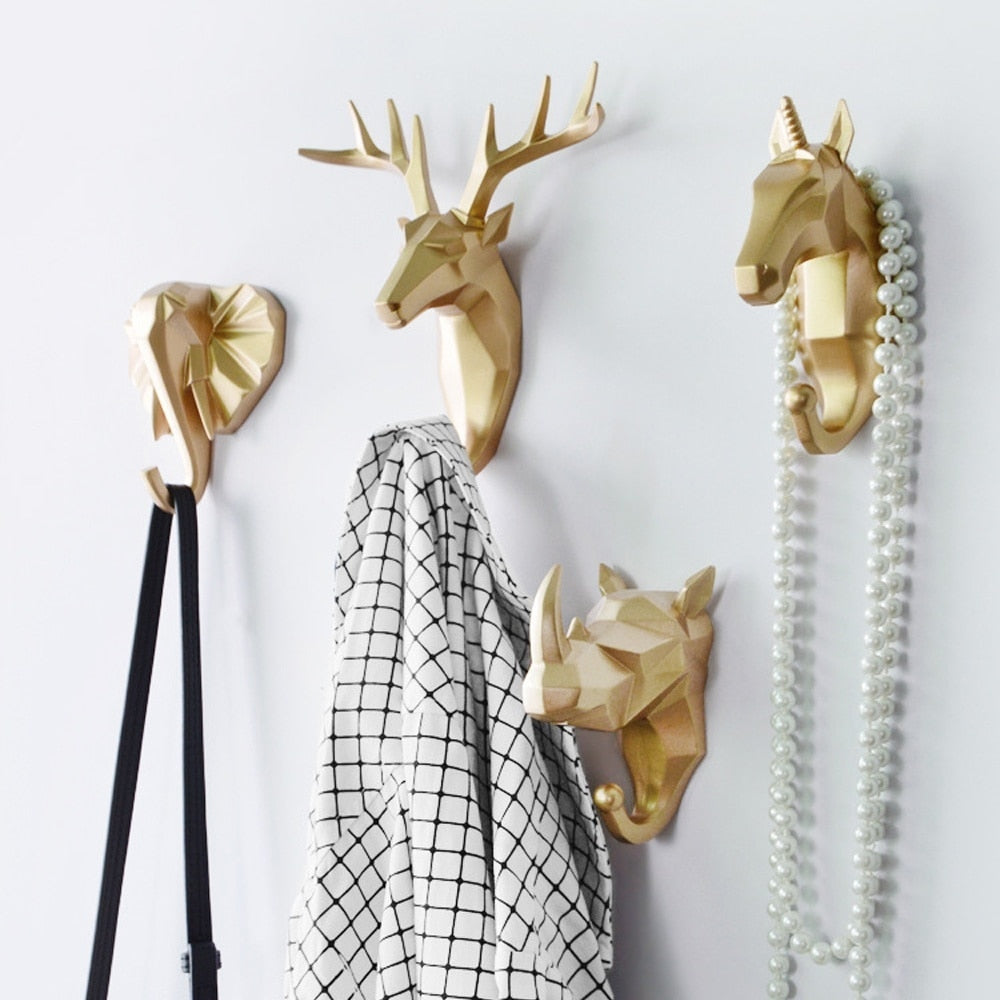

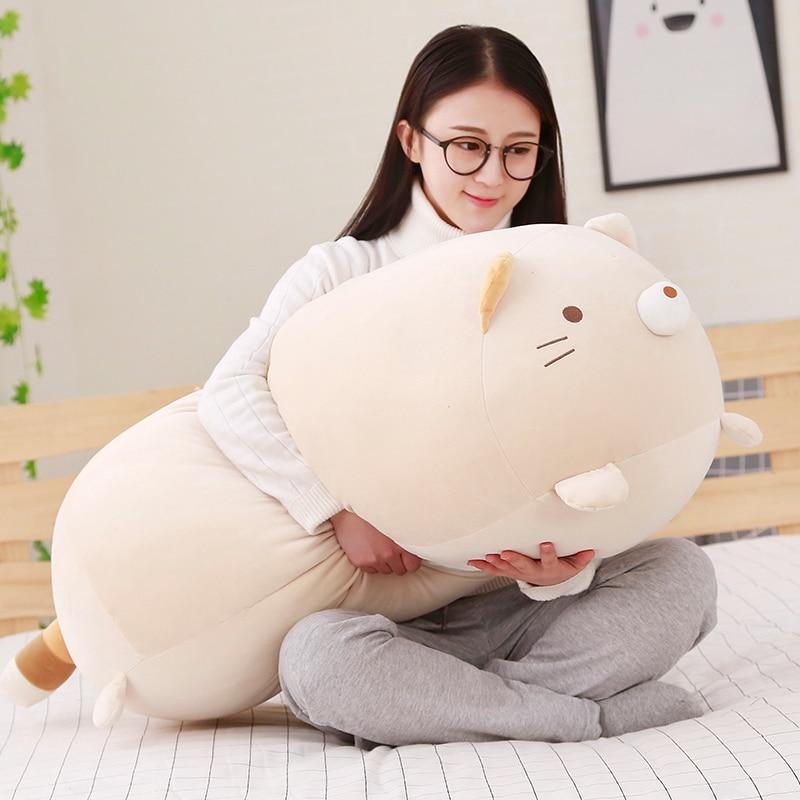
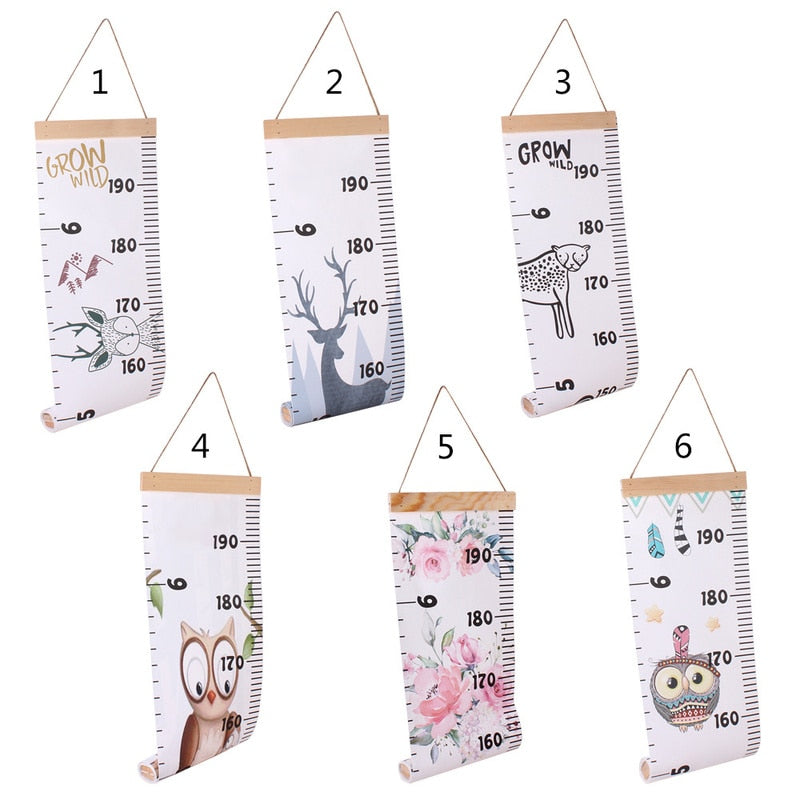
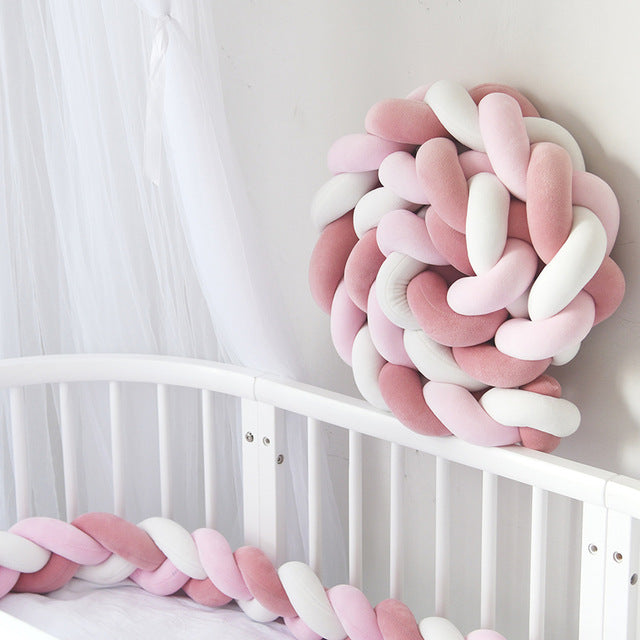
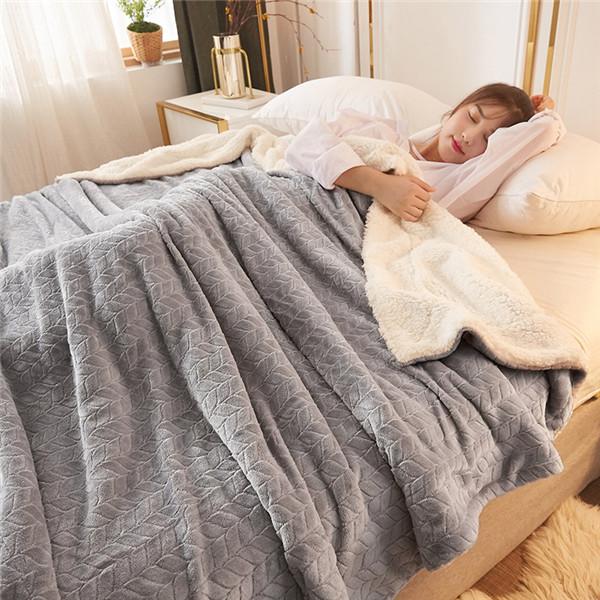

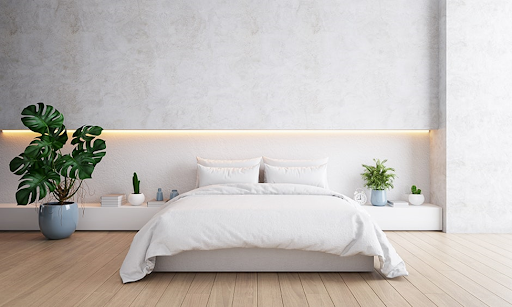
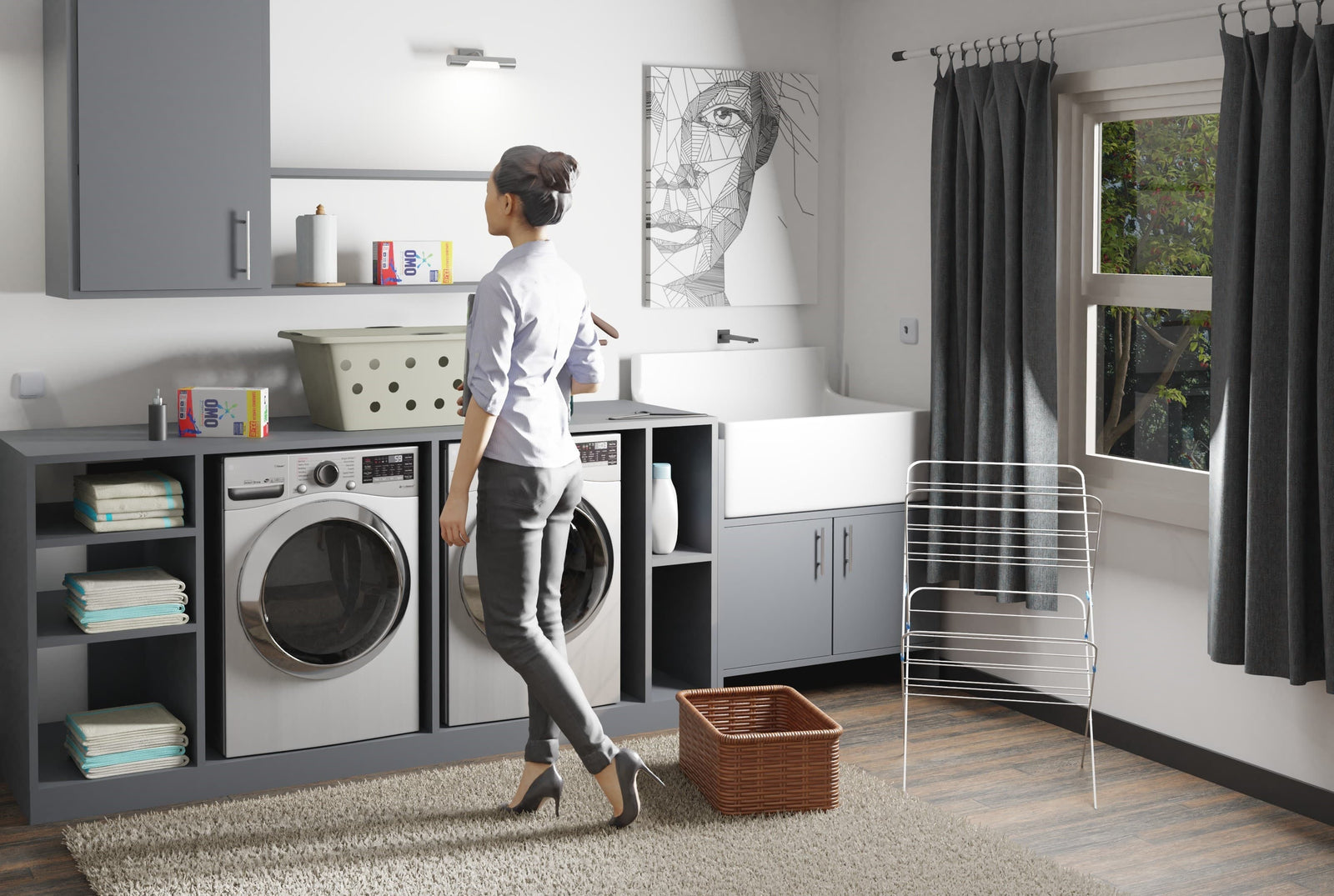
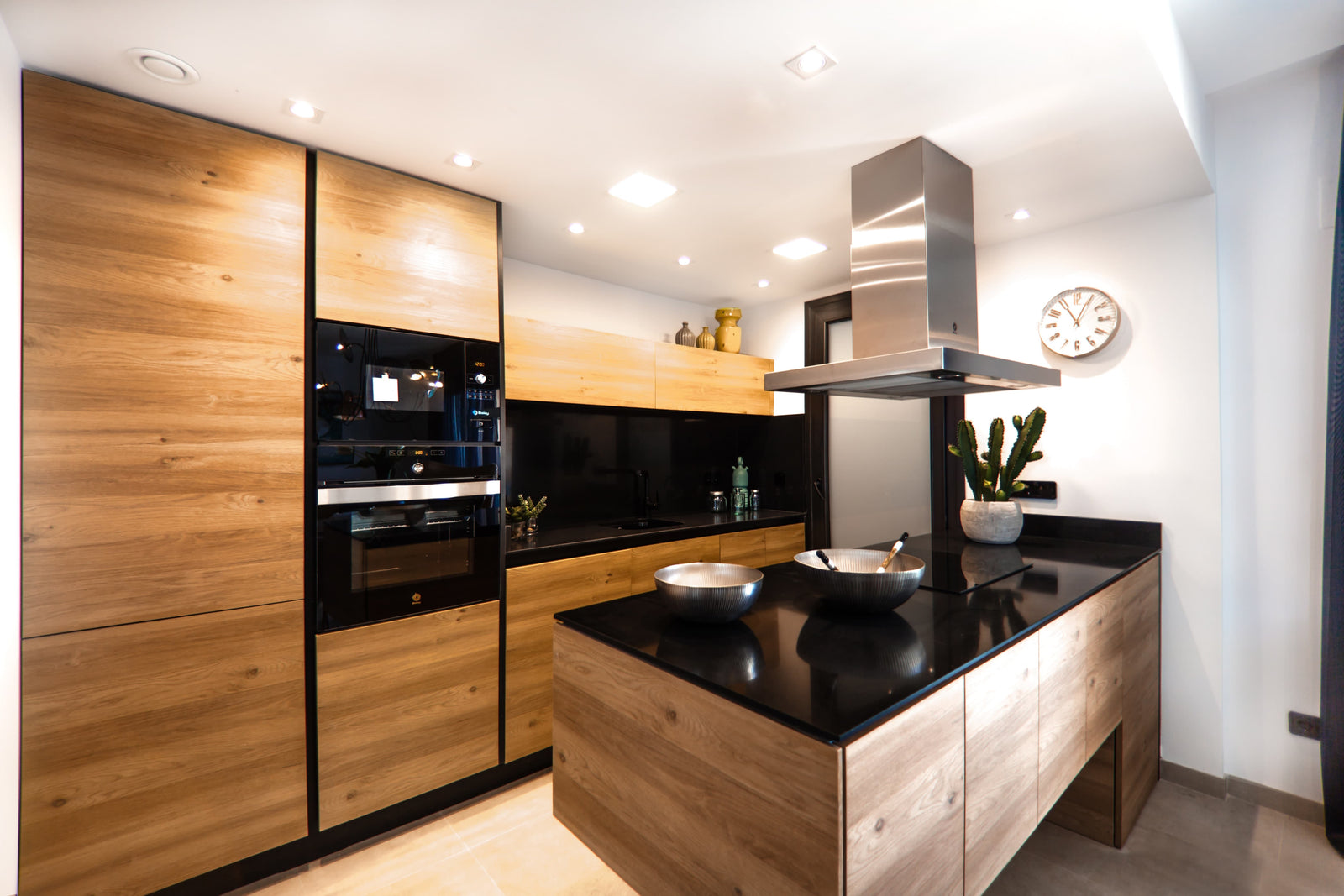
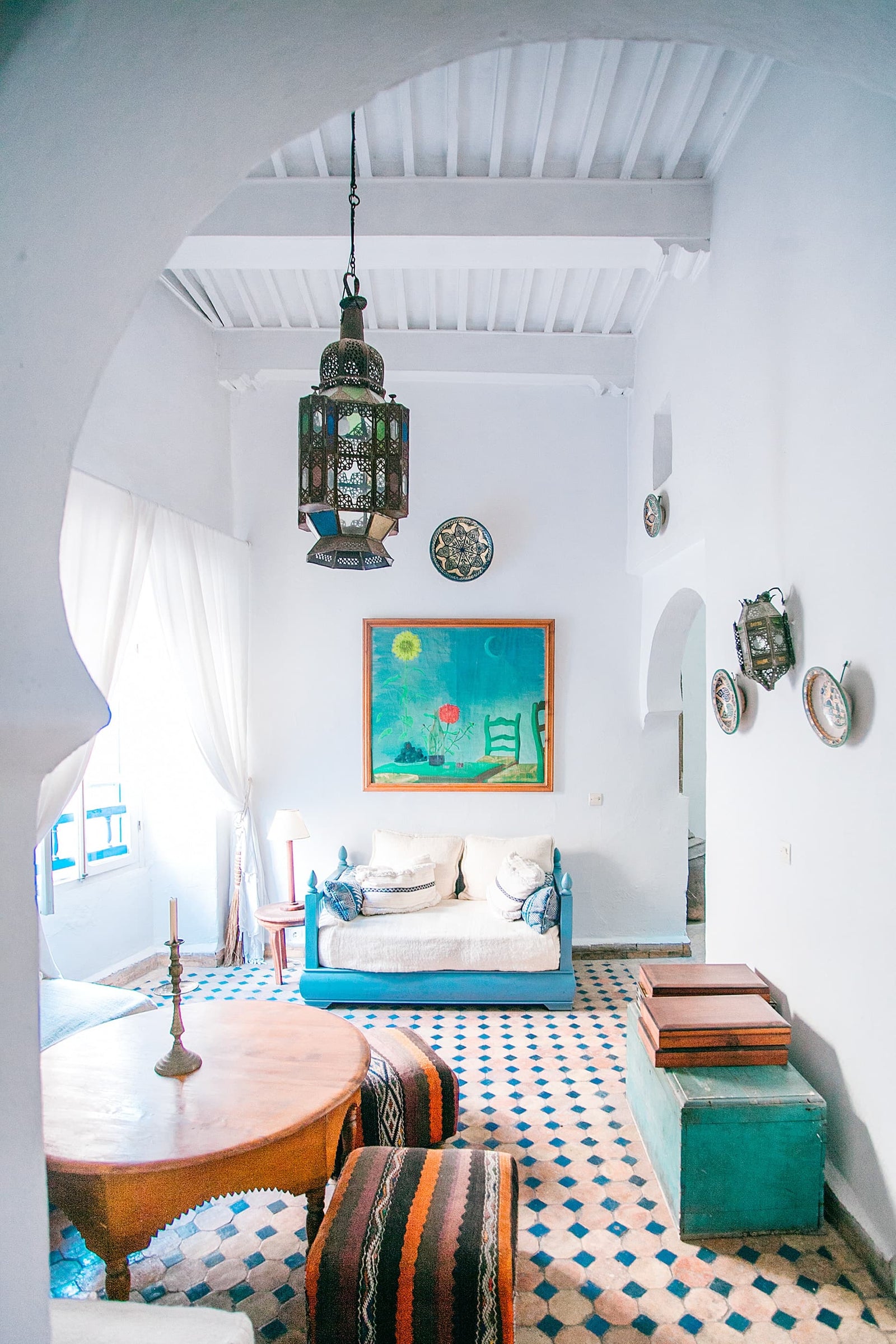
Leave a comment (all fields required)